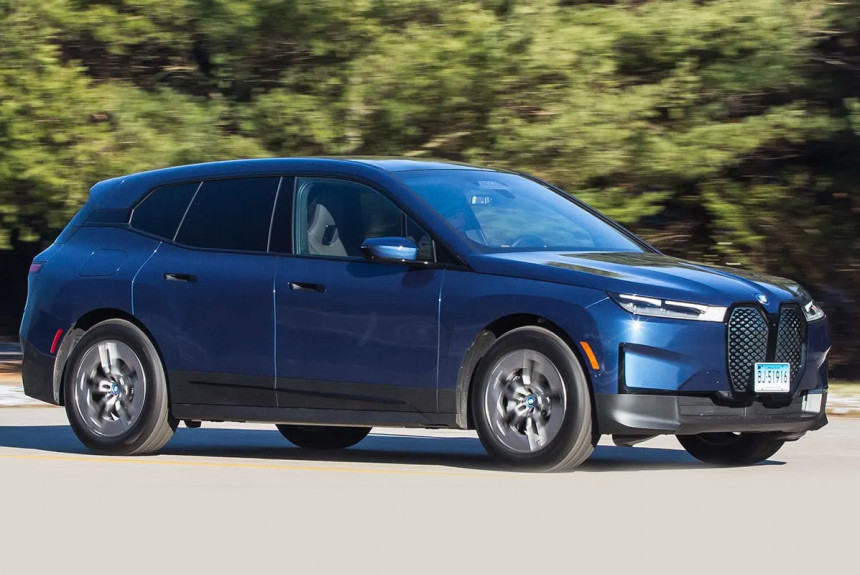
The power reserve of battery-powered cars has long been the subject of lively discussions and disputes. The American edition of Consumer Reports set out to find out how much the distance traveled by electric vehicles on a single charge in real life differs from the indicators stated by the manufacturer according to the EPA (Environmental Protection Agency) methodology. 22 electric models of different classes took part in the tests — from streamlined sedans to heavy angular pickups.
Testing was carried out in highway mode on American highways. Firstly, unlike traditional cars with internal combustion engines, long—distance runs on motorways at a constant high speed are the most energy-consuming mode of operation for electric vehicles. Secondly, it is on long-distance stretches that the issue of recharging the battery is most acute. Finally, unlike measurements of the efficiency of cars with internal combustion engines, for electric vehicles, the American EPA methodology does not imply a division into urban and highway modes, the value is always given for a mixed driving mode.
All electric vehicles that took part in the tests were used (purchased anonymously), their mileage ranged from 3,000 to 24,000 kilometers. The testing was carried out in summer in clear weather at ambient temperatures from 20 ° C to 32 °C. In all tested models, the most economical driving mode was selected, regenerative braking was set to a minimum level, climate control was set to 22 ° C (72 Fahrenheit), and tire pressure corresponded to factory recommendations. The speed was maintained at 70 mph (113 km/h), and the movement continued not to 0% on the charge indicator, but to a complete stop. The final mileage figures were obtained using GPS.
The first surprise: half of the test participants were able to exceed the values stated according to the EPA methodology! The record holder turned out to be the Mercedes-Benz EQE 350 4Matic sedan, which drove 116 km more than the claimed 418 km. A smaller, but still solid “overrun” was shown by the BMW i4 M50 (+75 km) and BMW iX xDrive50 (+74 km) models. Moreover, the latter managed to stretch as much as 48 km after being notified of a complete discharge of the battery.
Seven cars were not disassembled to the manufacturer’s promised figures of no more than 30 km. And three electric vehicles also had an actual range much less than the passport one. The Tesla Model S Long Range liftback was 62 km behind the passport data (the final 589 km). Lucid Air Touring’s direct competitor was in the red by 64 km (the final 554 km). Finally, the Ford F-150 Lightning Extended Range electric pickup truck stopped, not having reached as much as 80 km to the declared mileage according to the EPA methodology, having traveled 435 km.
Consumer Reports and a number of other American publications have already contacted the US Environmental Protection Agency (EPA) with a proposal to finalize the methodology for testing the range of electric vehicles, taking into account modern requirements and various driving conditions. There has been no response yet.